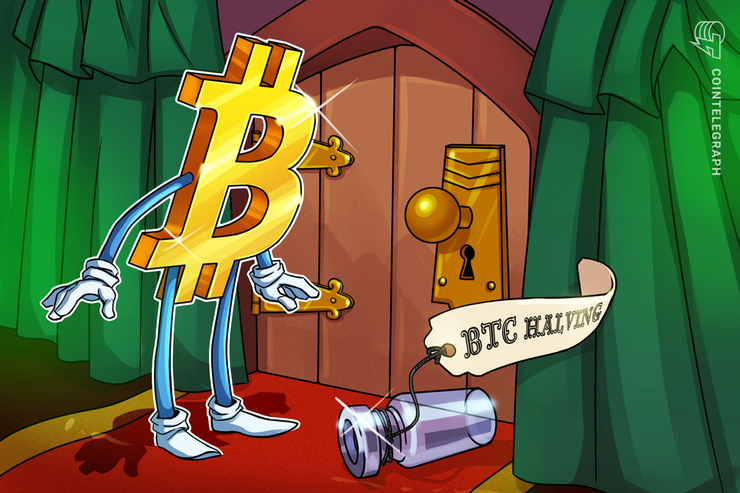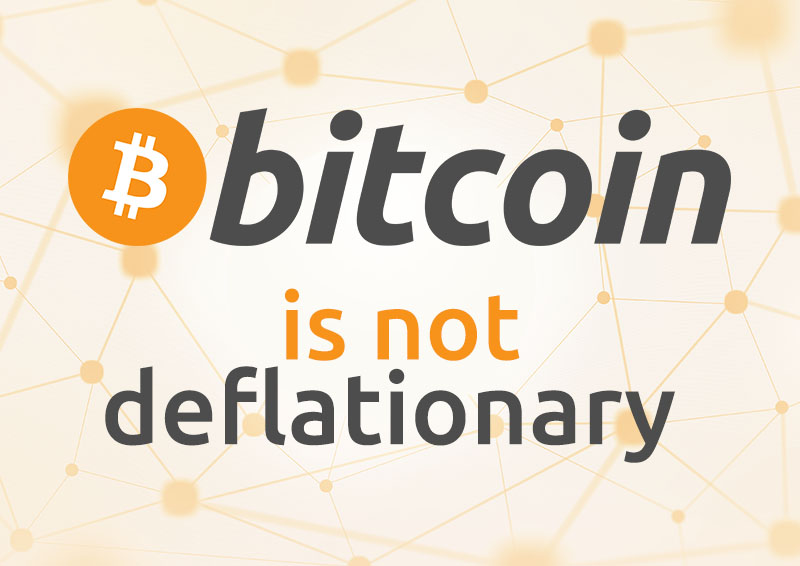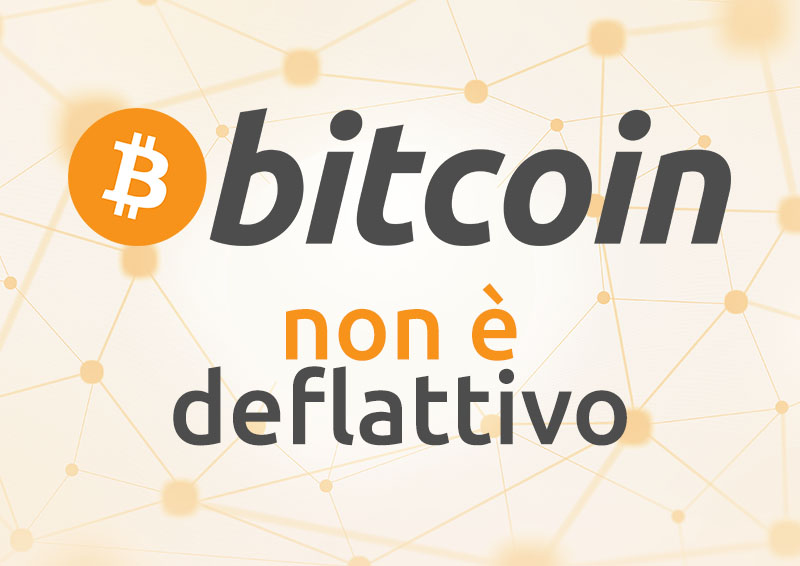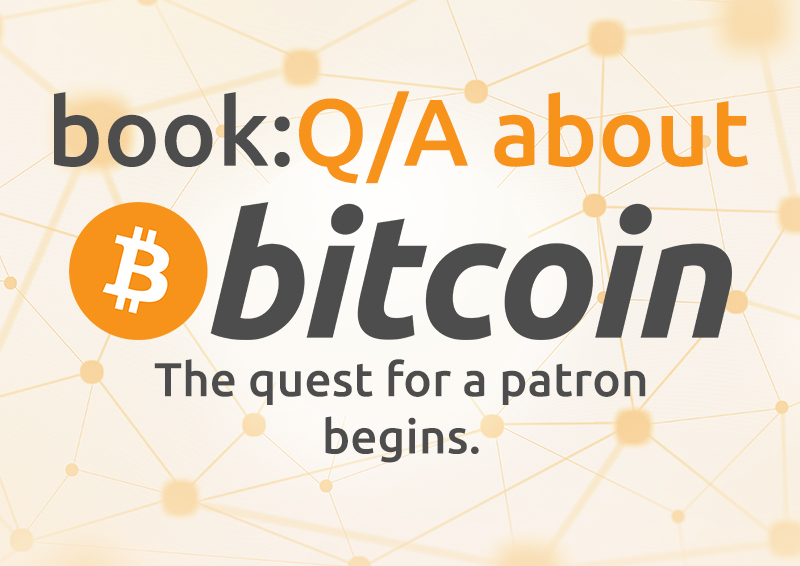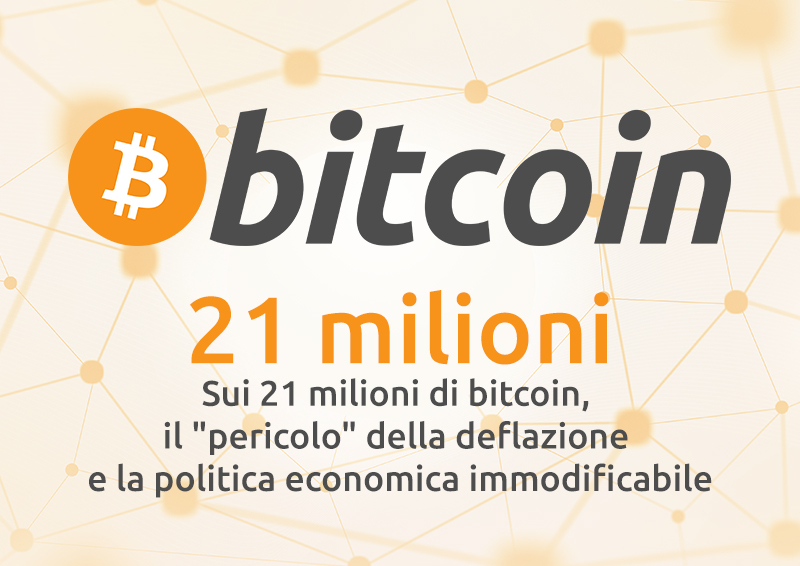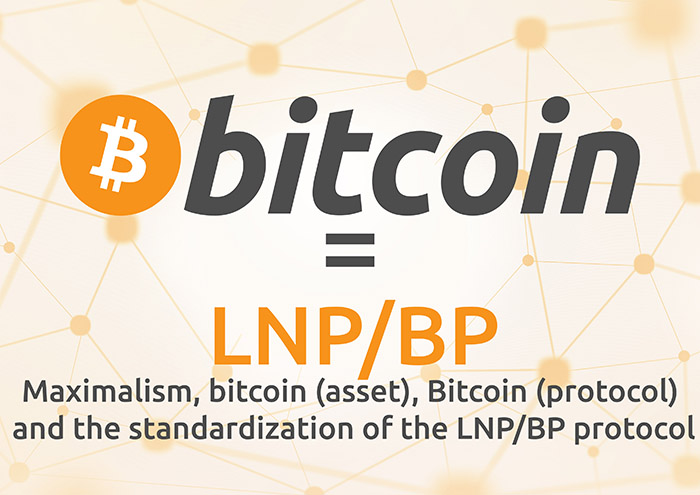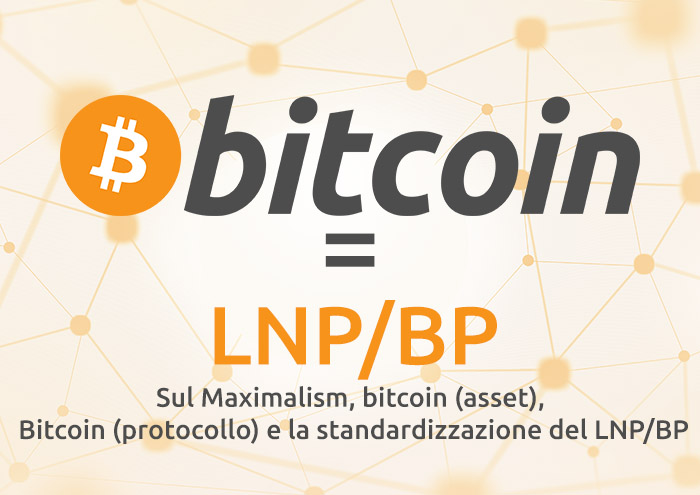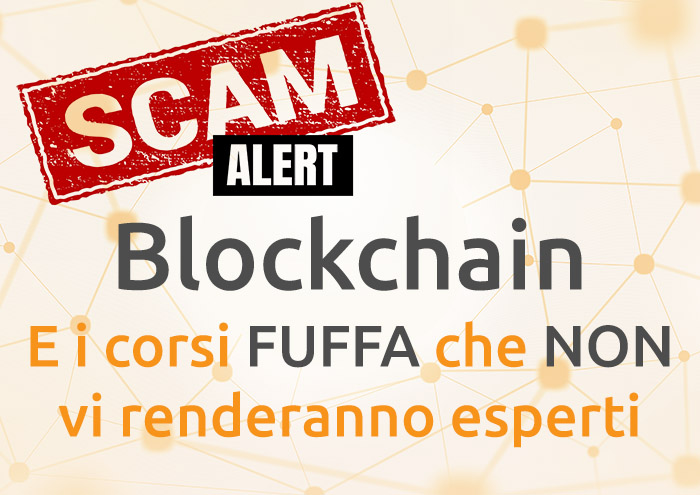Uno sguardo all’innovazione nello stack tecnologico di Bitcoin
Questo post è una traduzione in italiano dell’articolo di Lucas Nuzzi “A Look at Innovation in Bitcoin’s Technology Stack”.
Bitcoin ha fatto molta strada negli ultimi dieci anni. Rispetto alla prima iterazione del suo software, la qualità e l’affidabilità delle attuali implementazioni sono notevolmente migliorate. Rapidamente e organicamente, Bitcoin è stato in grado di attirare una legione di sviluppatori, i quali hanno dedicato migliaia di ore per migliorare e, a volte, rinnovare, la maggior parte della sua codebase sottostante.
Tuttavia, Bitcoin è sempre lo stesso. Proprio come una costituzione, l’insieme di regole di consenso che definiscono le sue proprietà monetarie, come l’inflazione algoritmica e l’offerta monetaria a codifica fissa (hard-coded), rimane invariato. Di volta in volta, alcune fazioni hanno tentato di cambiare queste proprietà fondamentali, ma finora tutti questi tentativi ostili hanno fallito. Spesso è un processo doloroso, ma che evidenzia e solidifica due delle più grandi virtù di Bitcoin:
- Nessuna singola parte può dettare come si evolve Bitcoin
- La mancanza di controllo centralizzato protegge le proprietà monetarie di Bitcoin
È interessante notare come queste regole attirino allo stesso modo i cypherpunk e gli investitori istituzionali. Sono le regole che rendono il bitcoin un tipo di denaro senza precedenti. Tuttavia, le stesse rendono lo sviluppo di software su Bitcoin più impegnativo di qualsiasi altra risorsa digitale. In sostanza, la costituzione di Bitcoin assegna agli sviluppatori un kit di strumenti limitato in modo che non possano violare la sua politica monetaria. C’è troppo in gioco per muoversi velocemente e fare danni.

